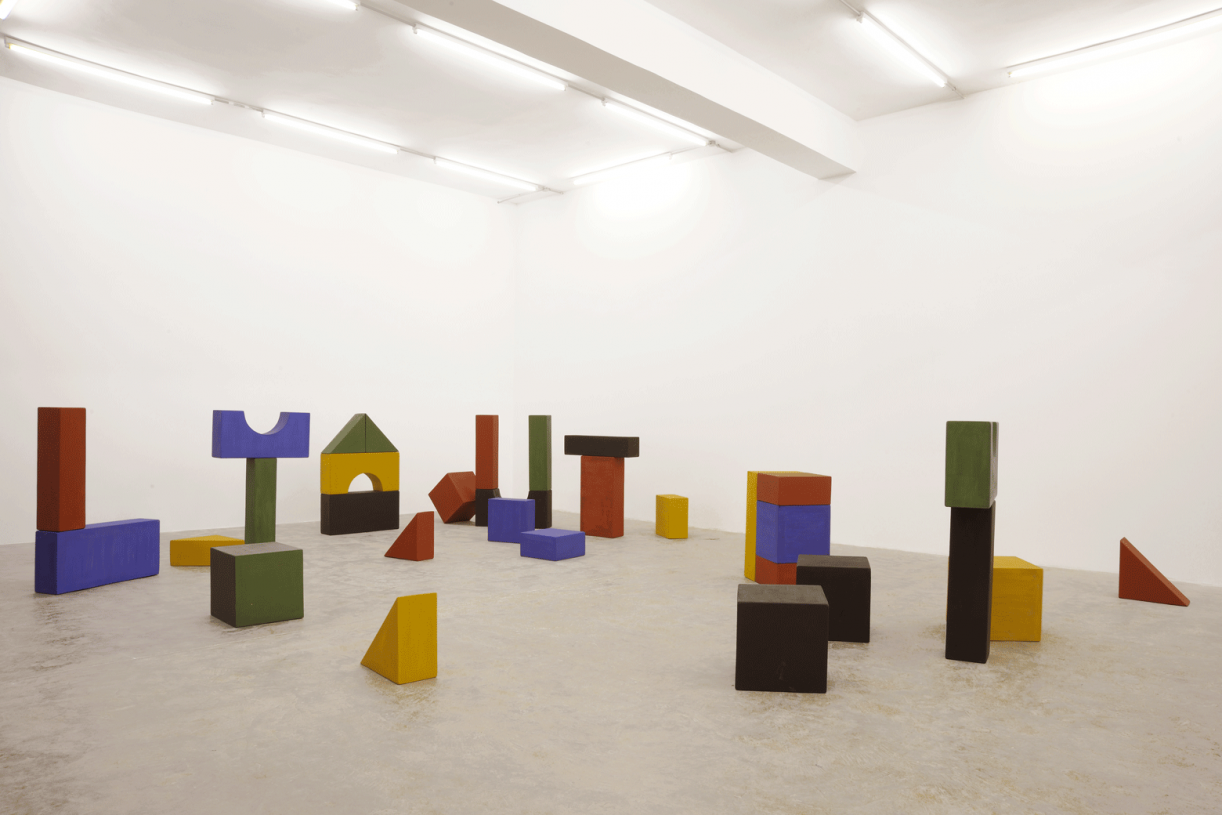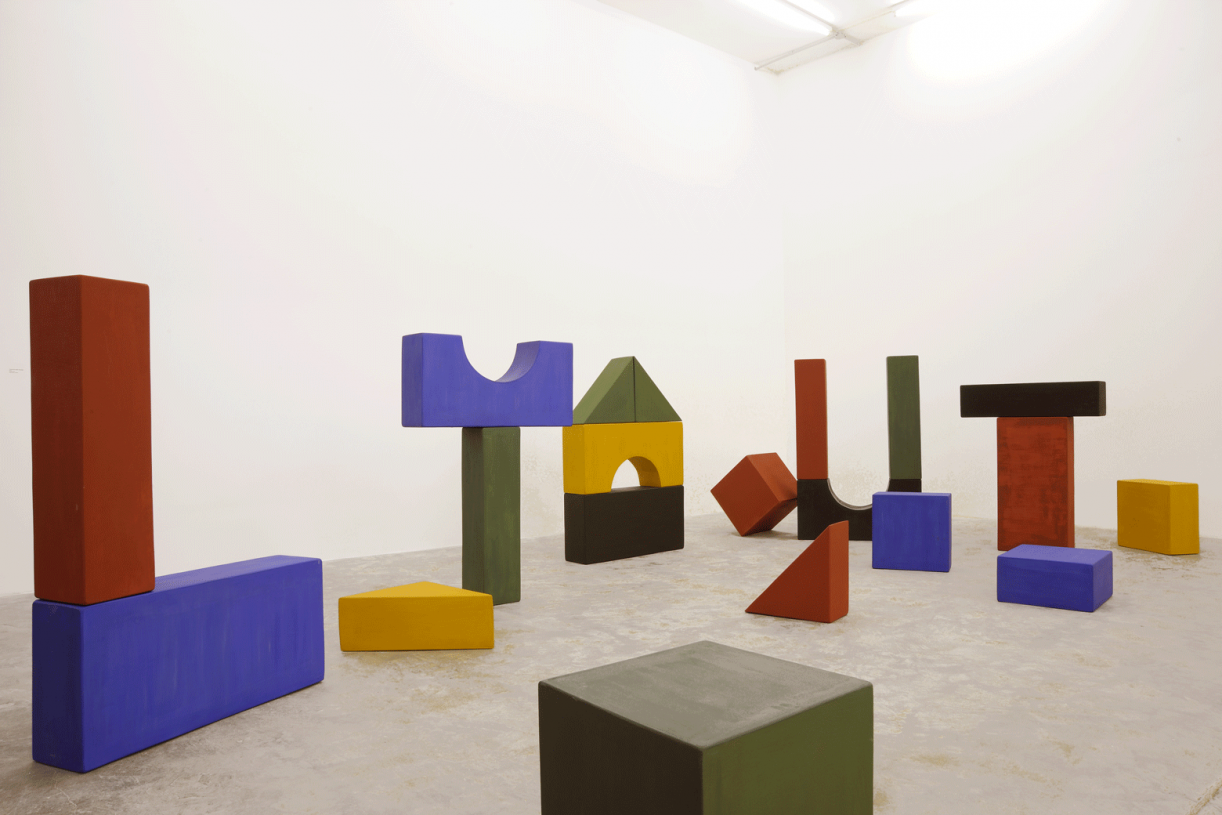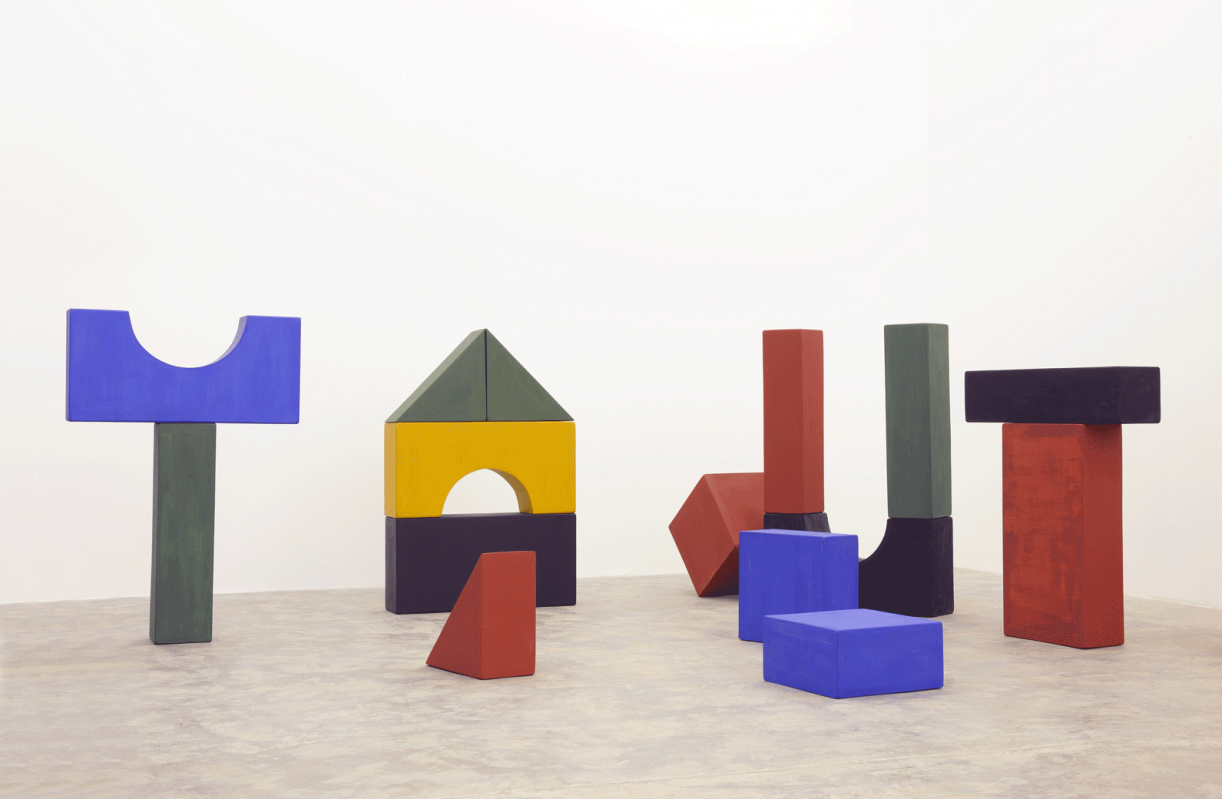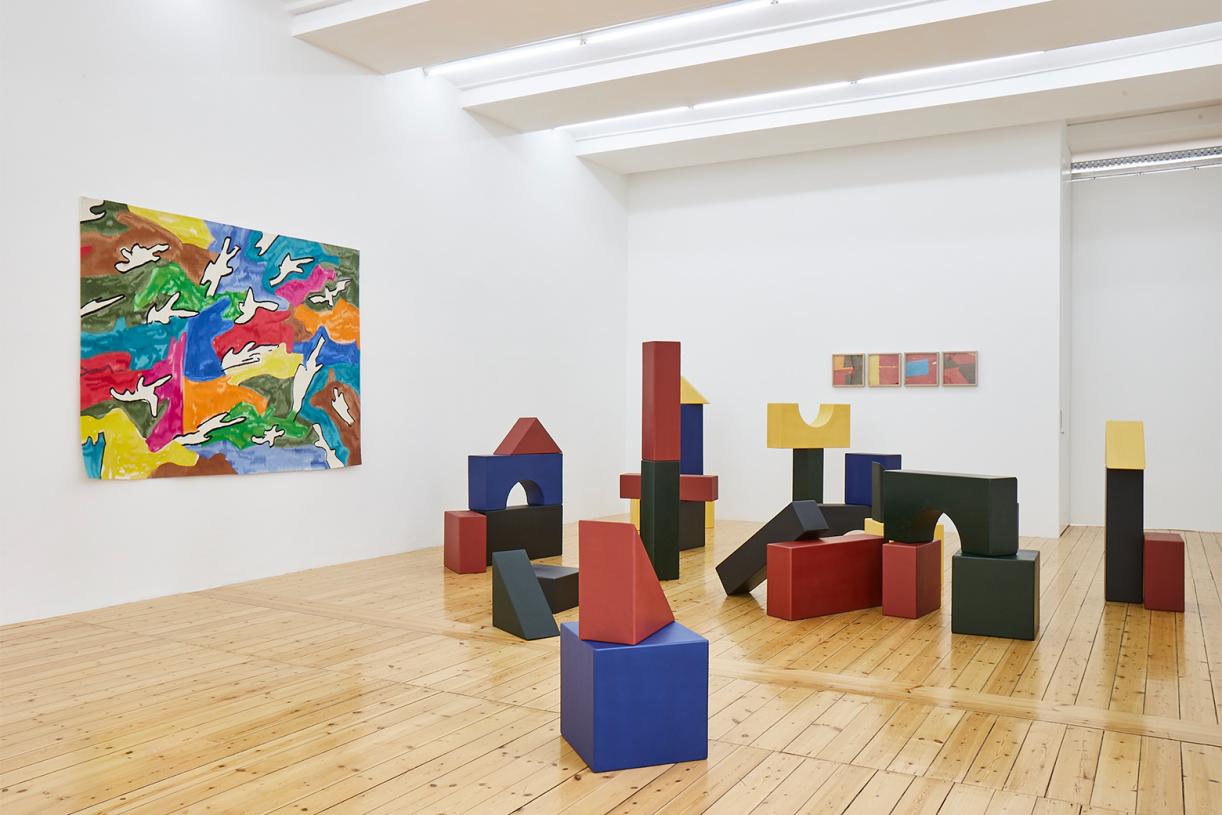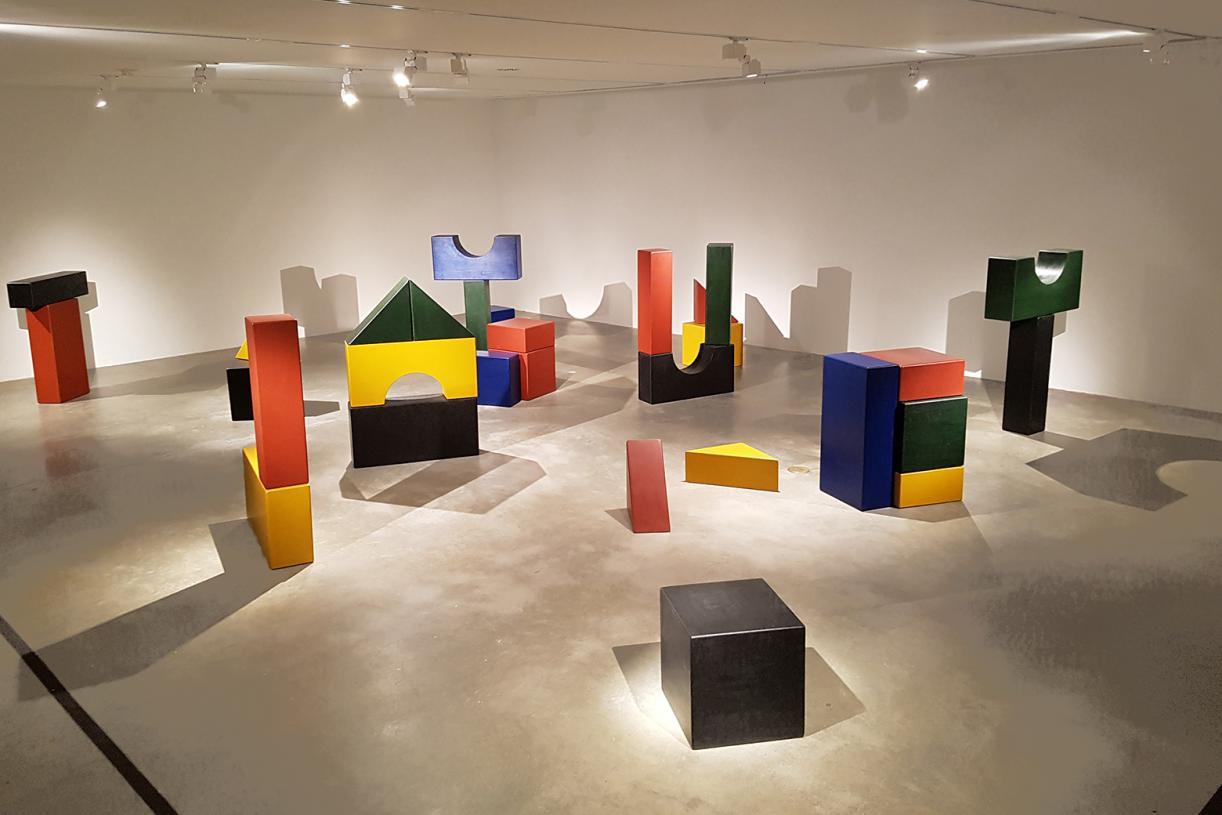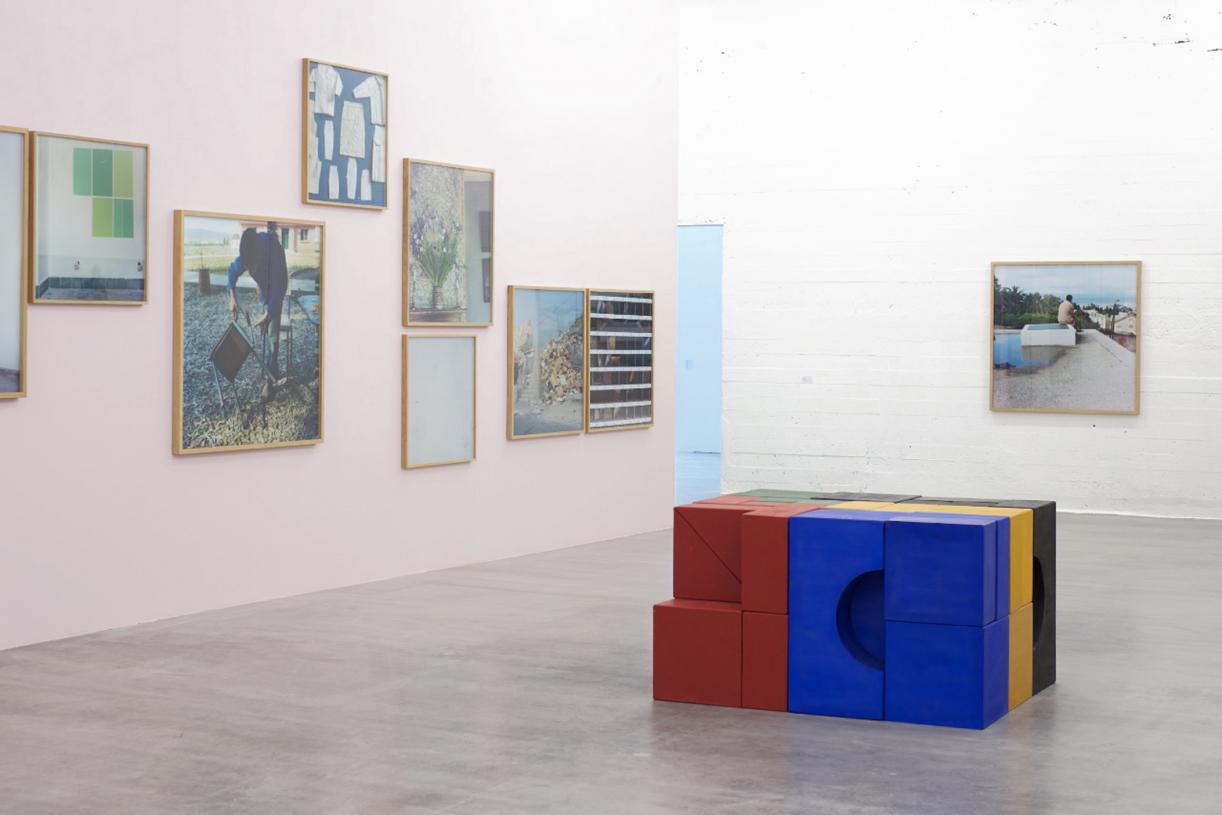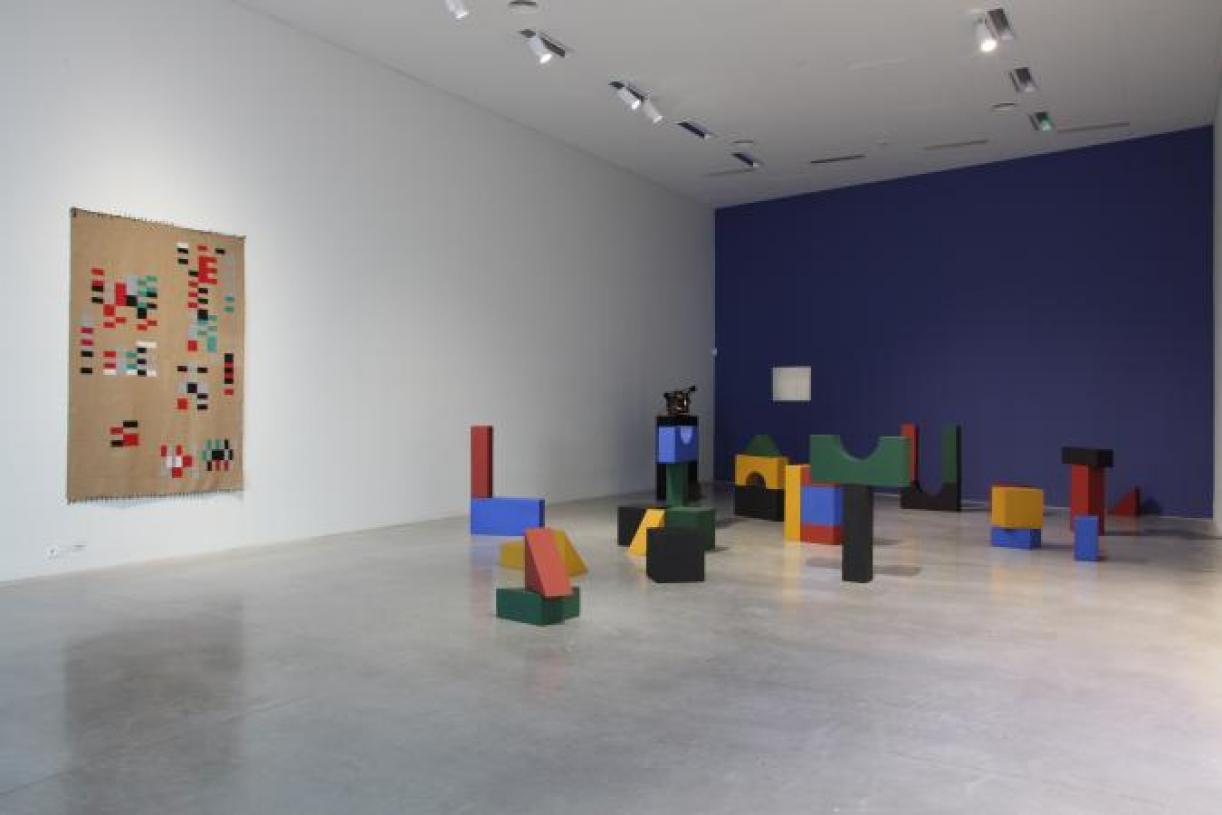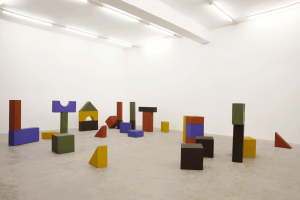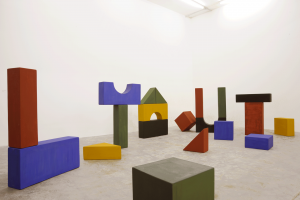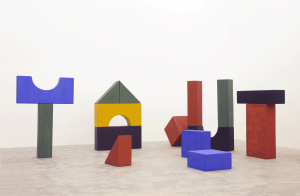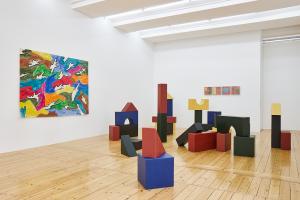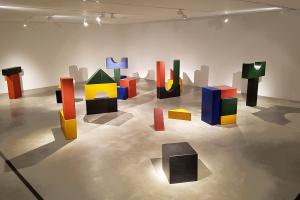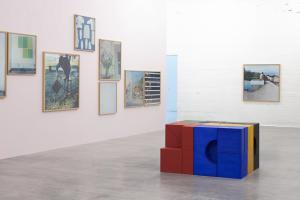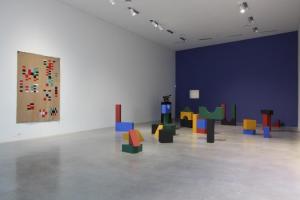The Tightrope Walker
The Tightrope Walker
"This is idle, clumsy advice I'm giving you. Nobody could follow it. But I wanted just that: to write about this art [tightrope walking] a poem whose heat would flush your cheeks. The idea was not to incrust you, but to inflame you." - Jean Genet
Before his death in Larache in 1986, Jean Genet taught his lover to reproduce the famous writer's signature, so that after his death the younger man could sell his documents and manuscripts successfully.
Genet's lover, Abdallah Bentaga, was a Moroccan tightrope walker. In the end, he died before Genet, a suicide.
Indigenous Art Museum
Indigenous Art Museum
Resident-General Lyautey, the administrator of French colonial Morocco, was determined to avoid the mistakes made in Algeria, where much of the country's architectural past had been razed in the name of progress.
Instead, he had plans to resurrect the Moroccan Empire under French protection. In a program ranging from agriculture to the organisation of carpets crafts, he was going to reinvent Morocco under the banner of tradition and authenticity.
He launched a national project of "heritage conservation" and planned a reorganization of artisanal crafts - Morocco's special talent - to stimulate production. Lyautey had a great instrument for this mission: a project named "the Service of Indigenous Arts" run by Prosper Ricard.

